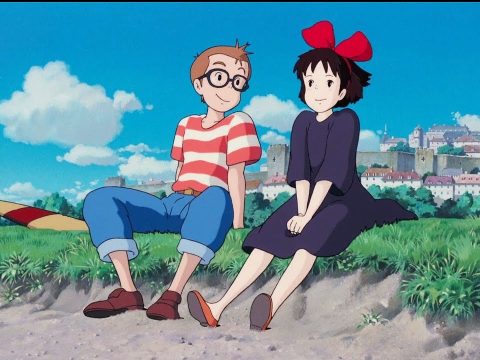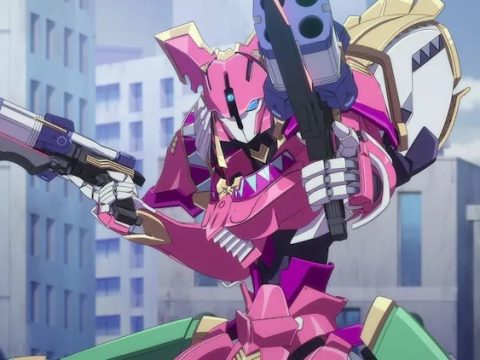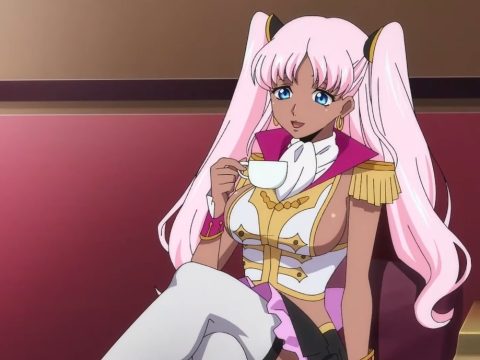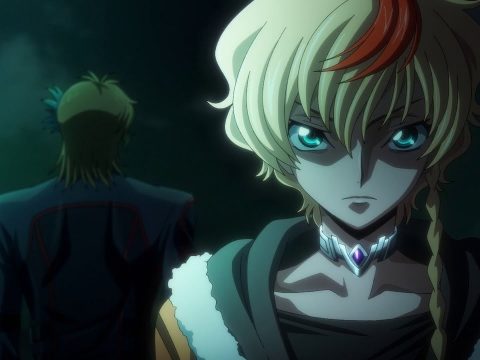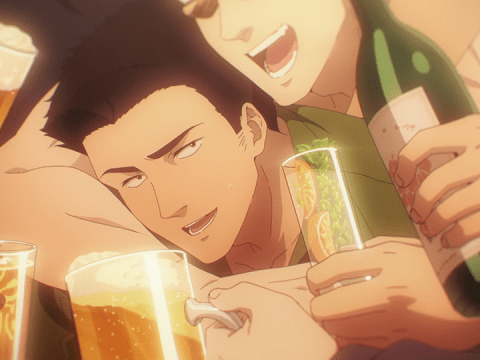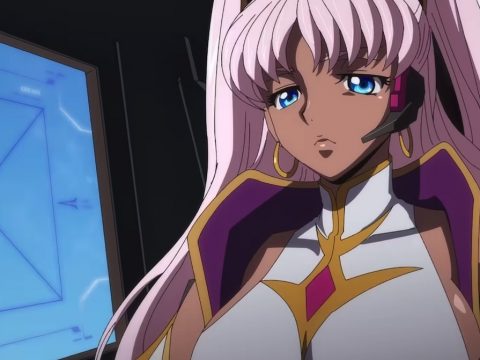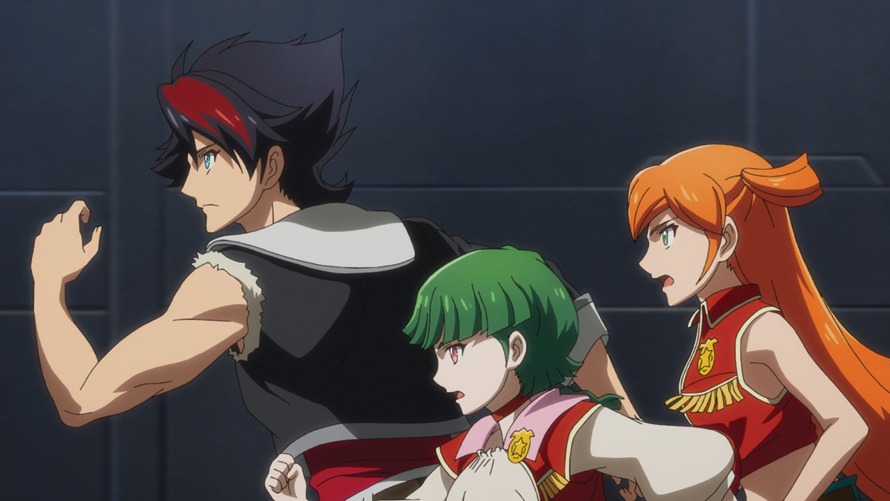
The Return of Goro Taniguchi
I used to be a fan of director Goro Taniguchi in the early 2000s. s-CRY-ed was a solid Jojo’s Bizarre Adventure-inspired series decades before TV adaptations of that began, Planetes was one of the best anime of the decade, and Gun x Sword was a mecha Western with the perfect blend of heart and levity. But then he hit paydirt with Code Geass: Lelouch of the Rebellion, a drastic departure from his prior approaches I didn’t much care for. Now, after roughly 15 years, he’s back doing what I love. Well, so far anyway; as of this writing it’s only just past the halfway mark!
Back Arrow is one of a breed nearing extinction: an original anime mecha series, which Taniguchi specializes in. The land of Lingalind is divided into two primary kingdoms at odds with one another: the militaristic Rekka is patterned after ancient imperial China, and Lutoh which resembles old European empires. In the center are smaller territories, such as Iki which is reminiscent of the American Wild West.
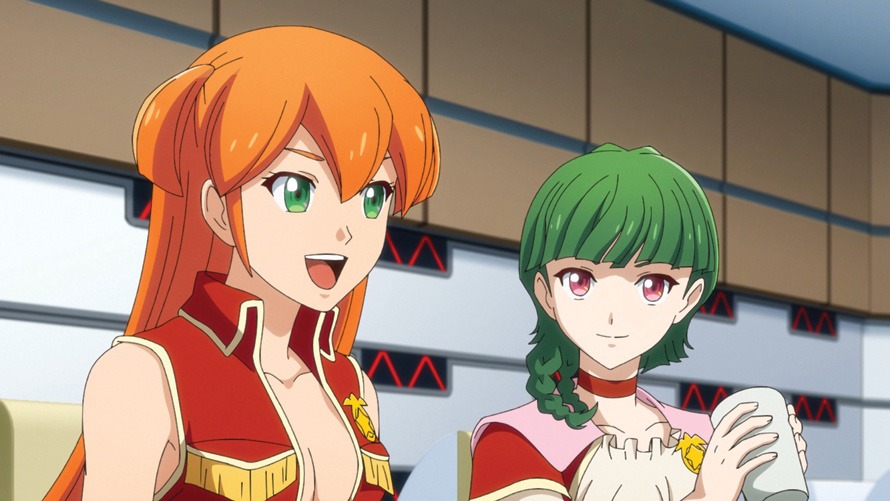
All are surrounded by a massive wall of indeterminate origin, and before you ask: no, the wall is not breached by man-eating Titans. This high-tech barrier is worshipped as divine for its emitting “Rakuho” pods containing metal bracers known as Bind Warpers that transform their wearers into Briheights (giant robots) emblematic of their spiritual convictions. Swift recovery of the pods correlate to greater military might, for once a bracer is worn it cannot be used by anyone else until the wearer is killed; destruction of one’s Briheight is fatal.
Those are the rules, so naturally they must be immediately broken in the first episode, whereupon the remote Edger Village receives a pod containing a naked amnesiac man whose only memory is that he came from a place beyond the wall. Radiating the strongest of himbo energies—fitting, considering the series is written by Kazuki Nakashima (Promare, Gurren Lagann, Kamen Rider Fourze)—he adopts the name “Back Arrow” because he got called a stupid idiot (“bakayaro”; since it’s a Japanese linguistic gag, the English translation adjusts it so he takes that name on account of being called a “blunt arrow with no clothes on his back.” Also true!).
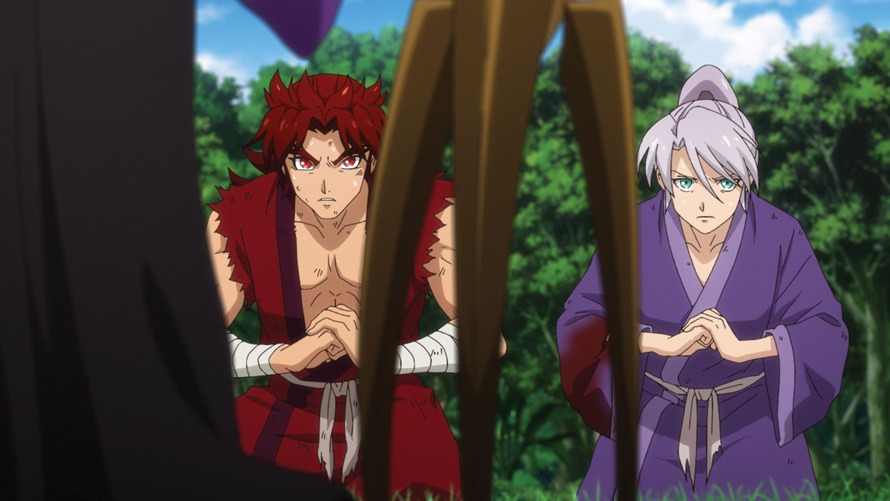
Arrow seeks to venture to the wall and cross back over, which is already blasphemous, and for reasons not initially understood his attacks simply destroy the target’s Bind Warper rather than killing them. So it goes that the combined forces of Rekka and Lutoh are after him and his entourage of busty lady associates, handsome gents … and everyone else in Edger village caught up in the mayhem. It also doesn’t help that, in true Gun x Sword fashion (which got it from Xabungle), Arrow and the gang ends up acquiring a massive dreadnought flying battleship with advanced weaponry that everybody would love to get their hands on.
As with several Goro Taniguchi anime, the opening and ending credits sequences change as new characters are introduced. In fact, the entire first opening is a fakeout because Arrow hasn’t been introduced yet. Indeed, many Back Arrow supporting characters have enough going on to be main characters themselves. Shu Bi and Kai Rhodan are two former slaves turned Rekka high officials who seek to transform the nation through Shu’s genius and Kai’s strength. Prax Conrad of Lutoh is a callback to Lady Oscar from The Rose of Versailles: a woman who becomes a knight and “lives as a man” out of devotion to protecting her Princess. Demyne Shaft is a psycho scientist with a choir of backup singers—fine, he’s no potential main character, but he’s still great!
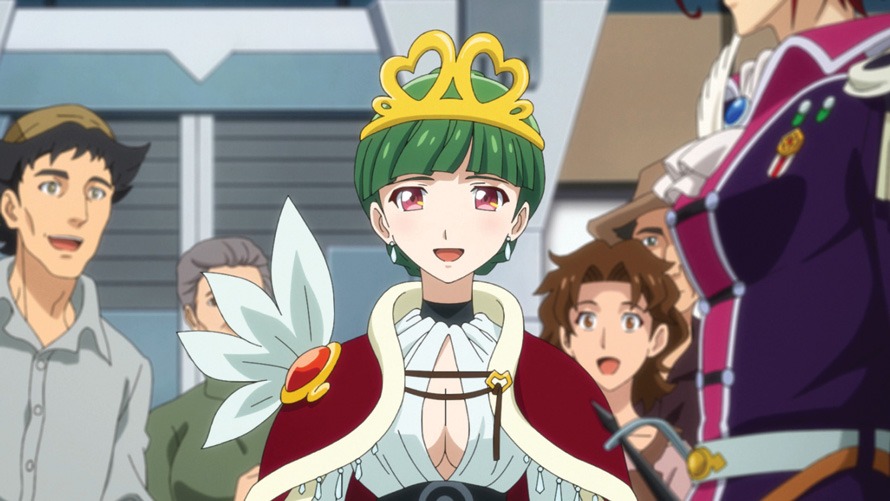
Back Arrow has action, comedy, likeable characters, sharp designs for both people and mecha, and just enough twists and turns to keep things interesting without going completely off the rails … immediately, anyway; this IS a script by Kazuki Nakashima after all, so I expect the finale to involve matters escalating to the point where everybody goes out into space and uniting against some global existence-level threat. That’s how everything else he writes goes!
Studio/company: Funimation
rating: TV-14


